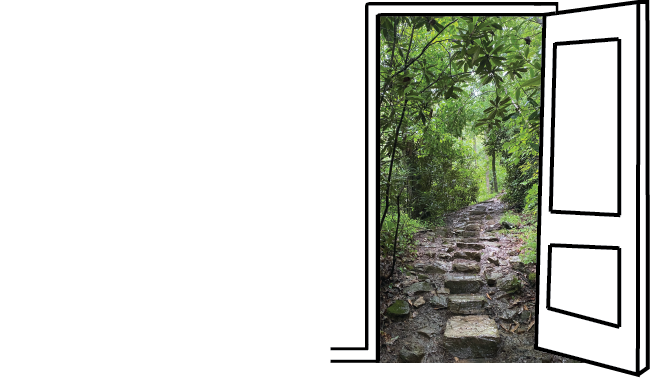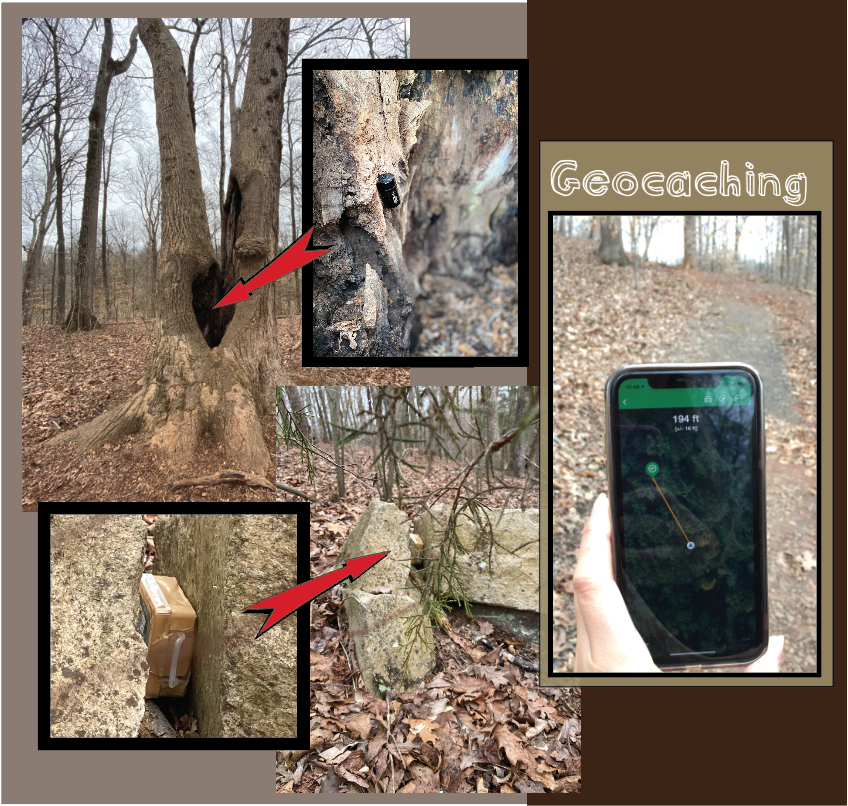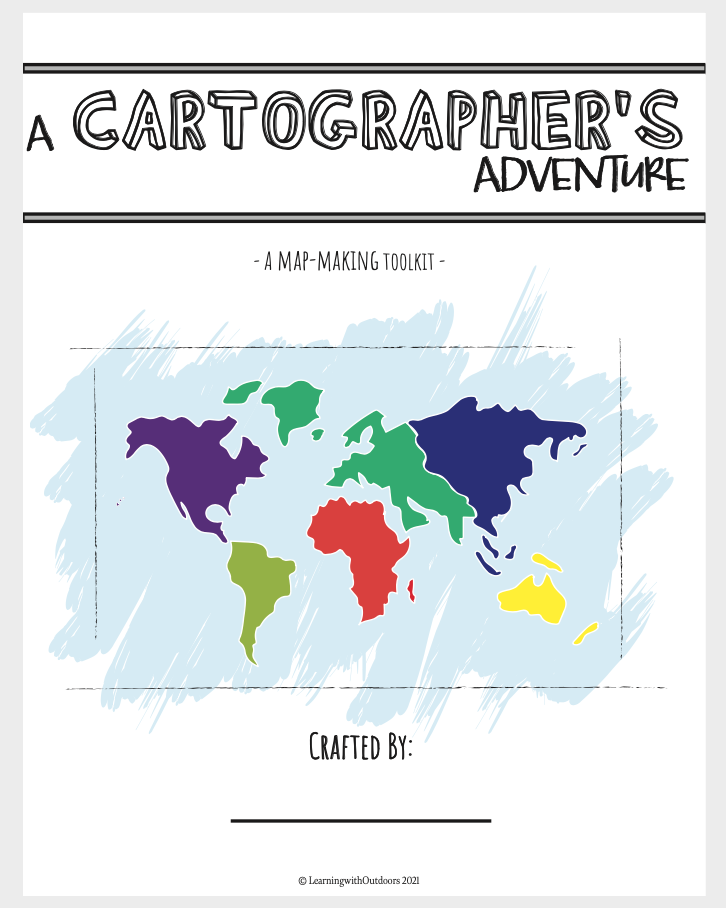Direction Based Games
Have you ever experienced the frustration of being lost? Children are on a life-long journey of spatial awareness that begins in infancy and continues through adulthood. Spatial awareness is a complex skill that involves understanding direction, distance and location. Children learn spatial awareness through self-initiated exploration, experiences in exploring distance, practicing position words, seeing things from many perspectives and developing body awareness.
Check out these outdoor activities that help children on their spatial awareness journey and provide countless hours of fun:
Letterboxing
Letterboxing is a fun family or group activity that combines orienteering with hiking, art and problem solving.
Letterboxers hide weatherproof boxes in public areas like parks and nature preserves and then provide clues to find them. The boxes usually contain a stamp and stamp pad so you can track all of your finds. It is fun to keep a letterboxing journal where you collect the stamps, notes about your experience and even photos from your journey. The clues often take you to fun off the beaten track areas or to an interesting rock formation or interesting shaped tree.
We recommend having a letterboxing kit that includes: a journal, your own stamp, a stamp pad, and a pen (plus bring a camera/phone for pictures of your fun adventure!)
For more information and find letterboxes hidden near your area go to https://www.atlasquest.com/
Geocaching
Who doesn't like a treasure hunt?
Geocaching is similar to letterboxing but you use a GPS device to find the location using the GPS coordinates given. Geocache boxes are usually hidden off the trail and contain a small token; the finder takes one and replaces it with another small token.
To find geocaches near you go to : https://www.geocaching.com/play
Blaze your own trail
You can do this on an existing hiking trail, your school yard, park or your own backyard.
The idea is for the child to create their own trail, mark it along the way and then try to follow it later or guide others on their trail walk. It could be a chalk path on your sidewalk, ribbons tied to trees, chalk trail blazes made on trees, pointing arrows made from sticks on the ground or whatever your child envisions.
You can even have your child make a map of the different trails they have marked
Another fun way to help children understand maps and directions is by allowing them to be the guide when you go hiking. Give the children the trail map and ask them to lead you to a specific place on the map (like a lake, gazebo, etc.). It will be a challenge in working together and navigating to find the location!
Direction Games
Use a compass, the stars or the rising and setting of the sun to find the cardinal directions in your yard/space-north, south, east & west.
Then mark the directions-you can write or paint on flat rocks or stick sticks in the ground with N, S, E, W. Once you have the directions displayed in your outdoor space, the fun can begin:
1) Pick a starting place and call out directions-run west, south, north east, jump six large jumps north, hop east ten times, etc
2) On a windy day blow bubbles, run with streamers or scarves, blow dandelions and determine which direction the wind is blowing
3) Give directions to a picnic- write up a secret message directing your child to the most southern spot in the yard where they find a blanket and snack or make it a progressive lunch where they go to multiple locations in the space, using a compass or your marked cardinal directions and find different foods.
If you’re looking for a great way to introduce directionality and maps, look no further!
A Cartographer’s Adventure
A Cartographer’s Adventure is a cross-curricular exploration of different types of maps that includes all of the pages featured above.
Children will use math, science, social studies, literacy, problem solving, and art skills to delve deeper into map-making.
Children will enjoy learning about map-making by exploring sound maps, heat maps, star maps, topographical maps, and treasure maps.
Learn more and download from our SHOP.





